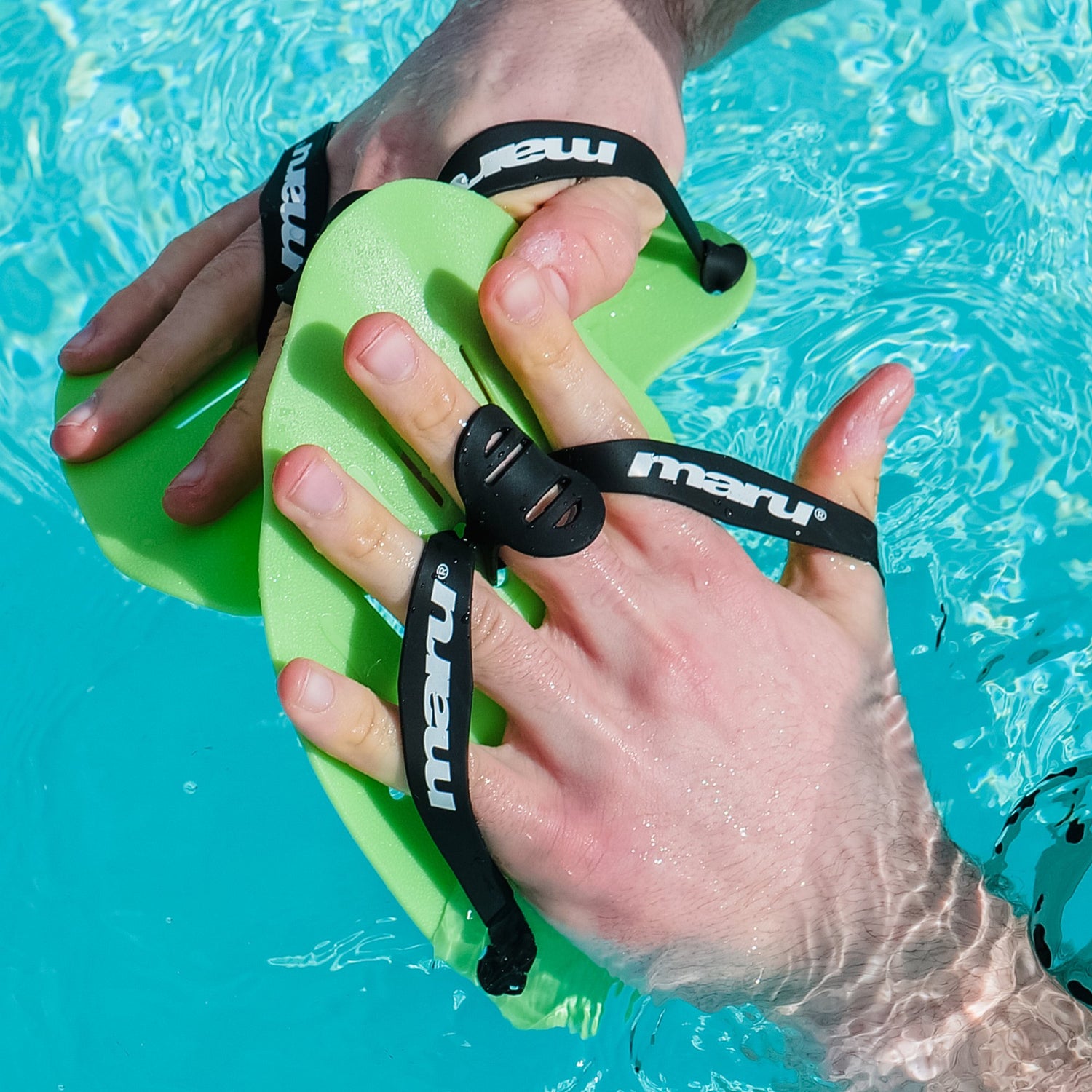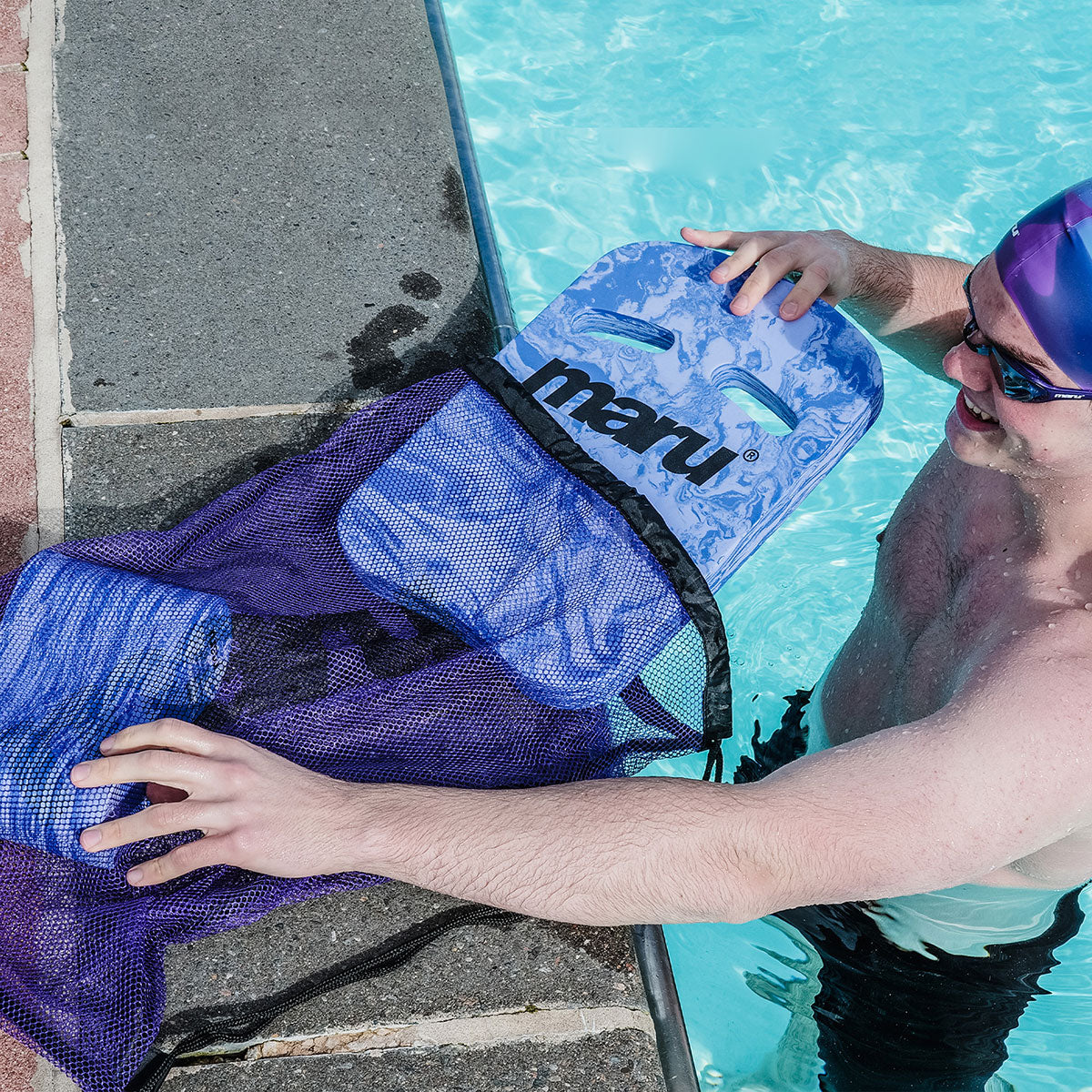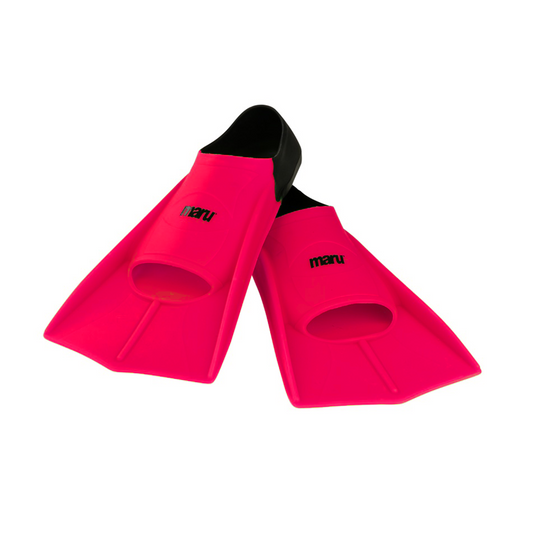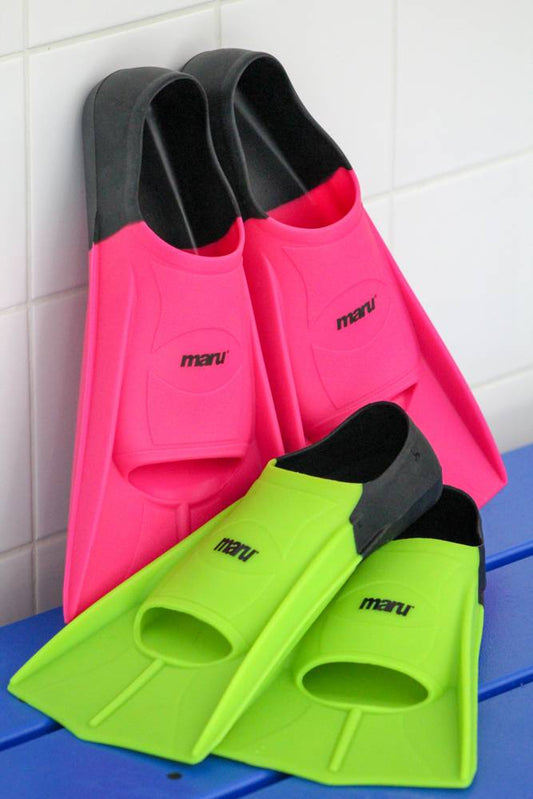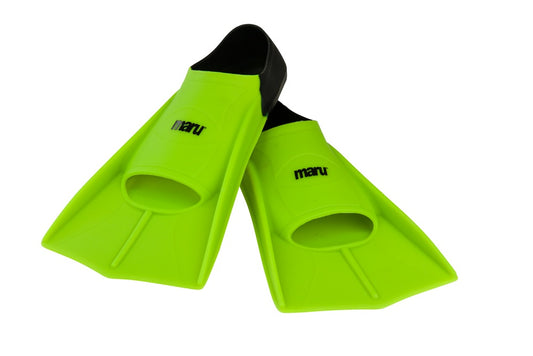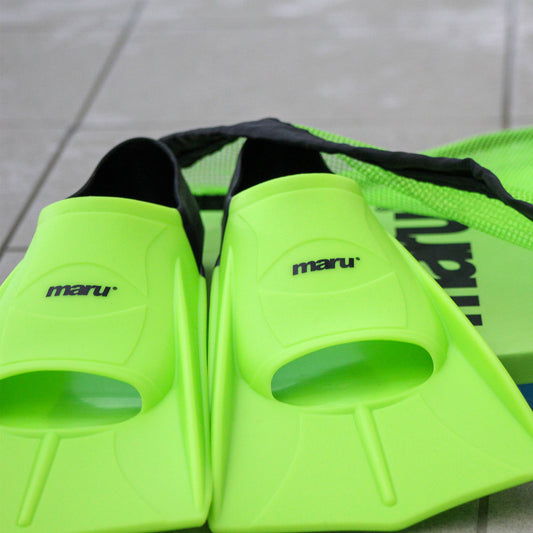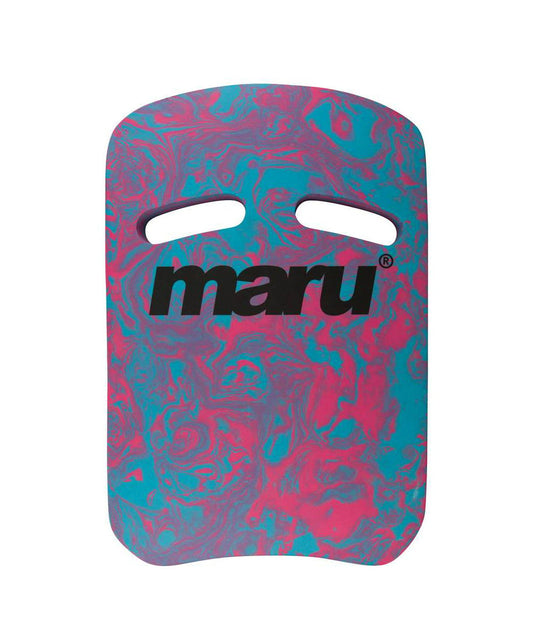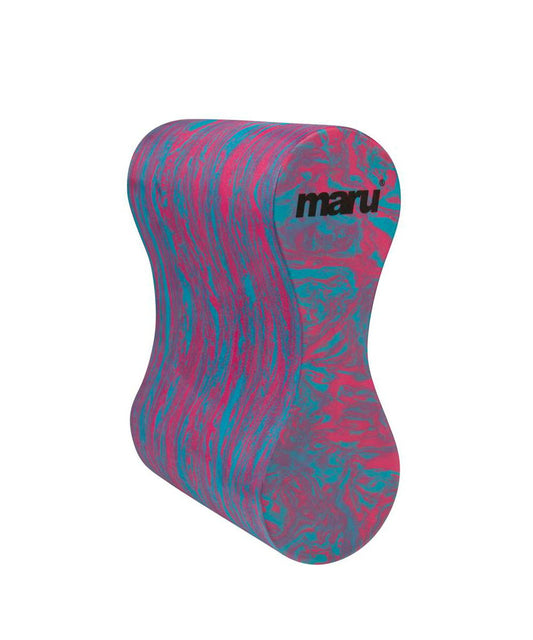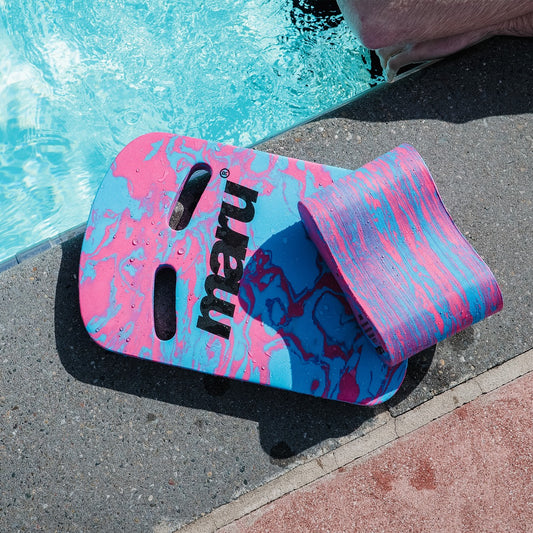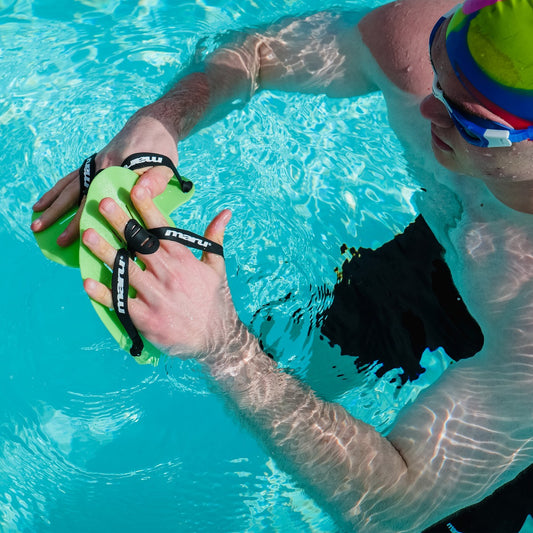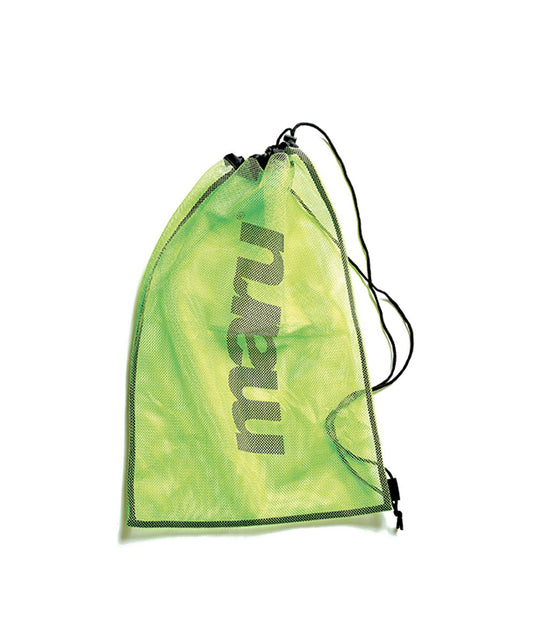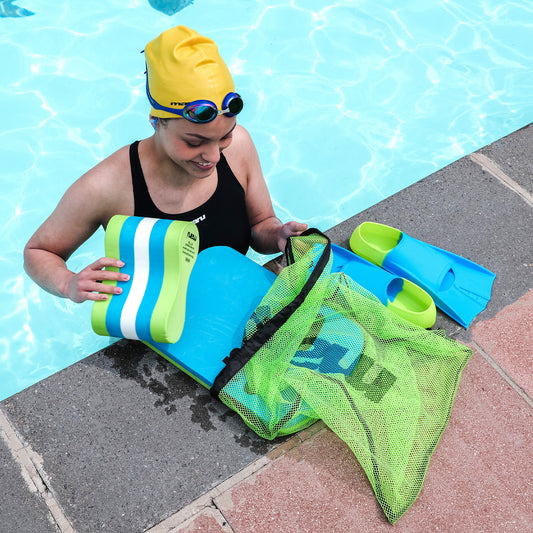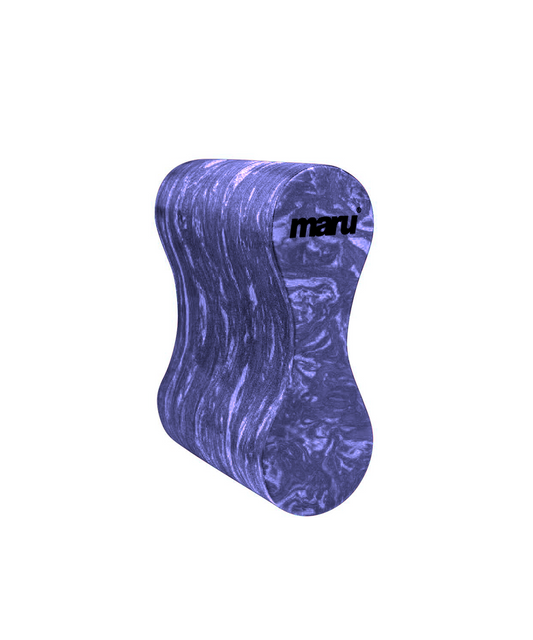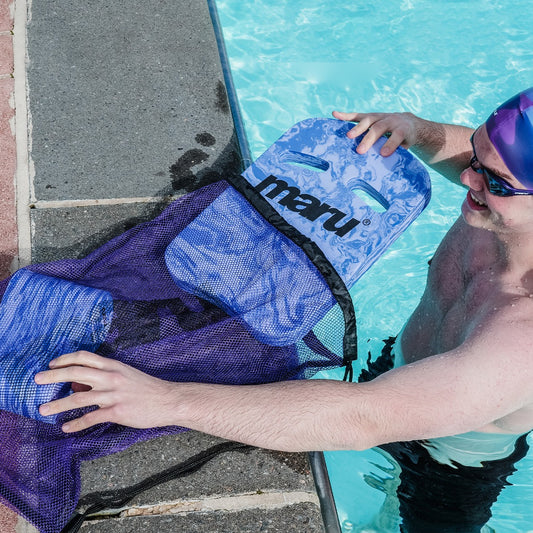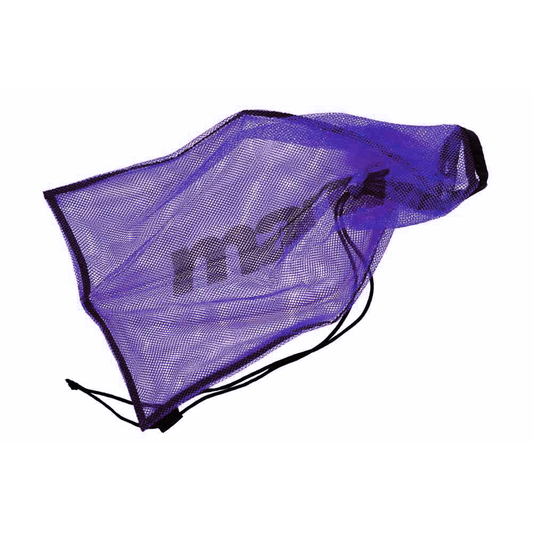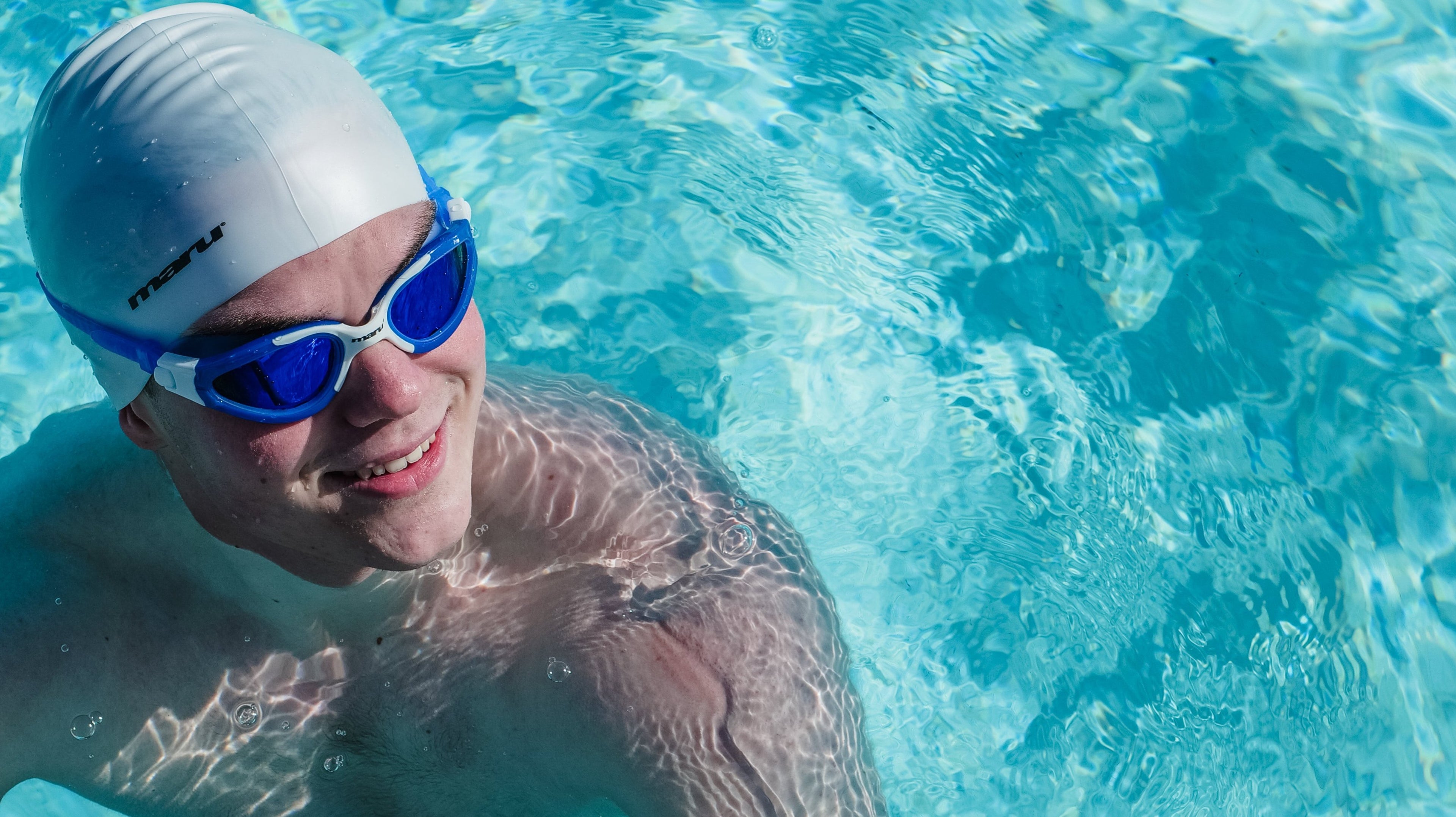
Schwimmzubehör
Von den Grundlagen bis zum Fortgeschrittenenkurs: Bauen Sie Ihr Selbstvertrauen im Pool auf
Schwimmzubehör kaufen
-
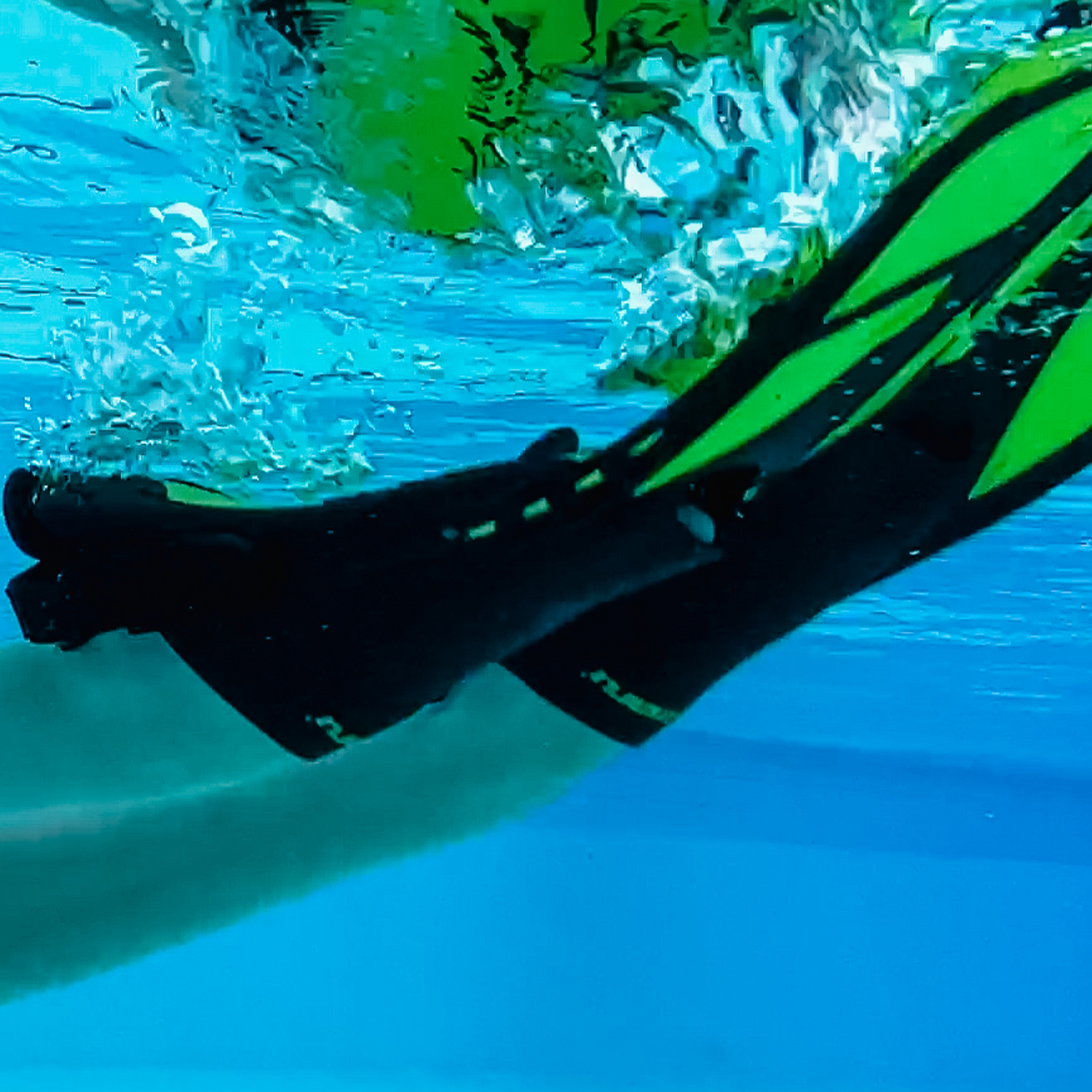
Flossen & Schwimmflossen für das Schwimmtraining
Willkommen bei Maru, Ihrer ersten Wahl für Hochleistungsflossen zum Schwimmen, Tauchen und...
-
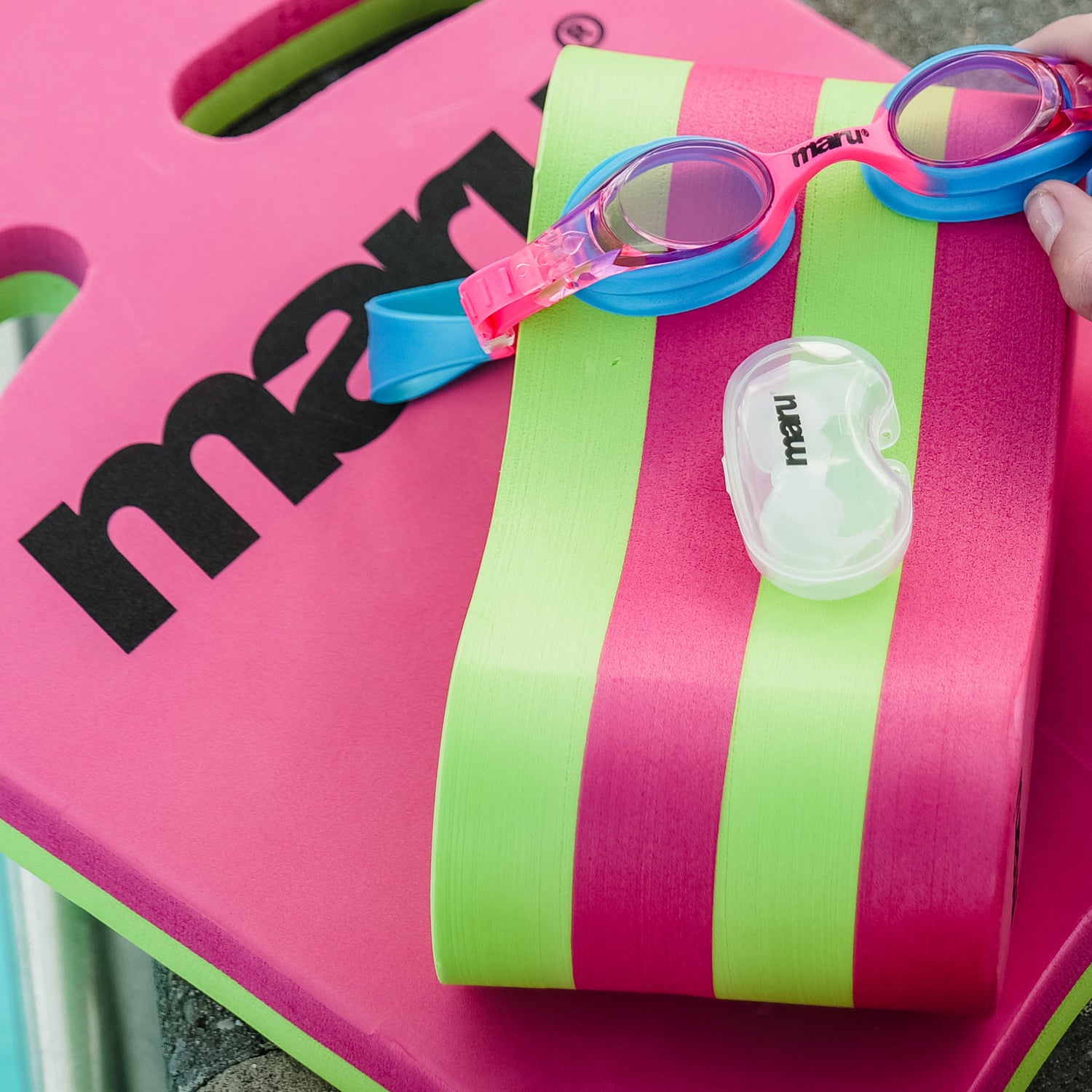
Pull Buoys zum Schwimmen
Unsere Pull Buoys sind dazu konzipiert, Schwimmern aller Niveaus dabei zu helfen,...
-
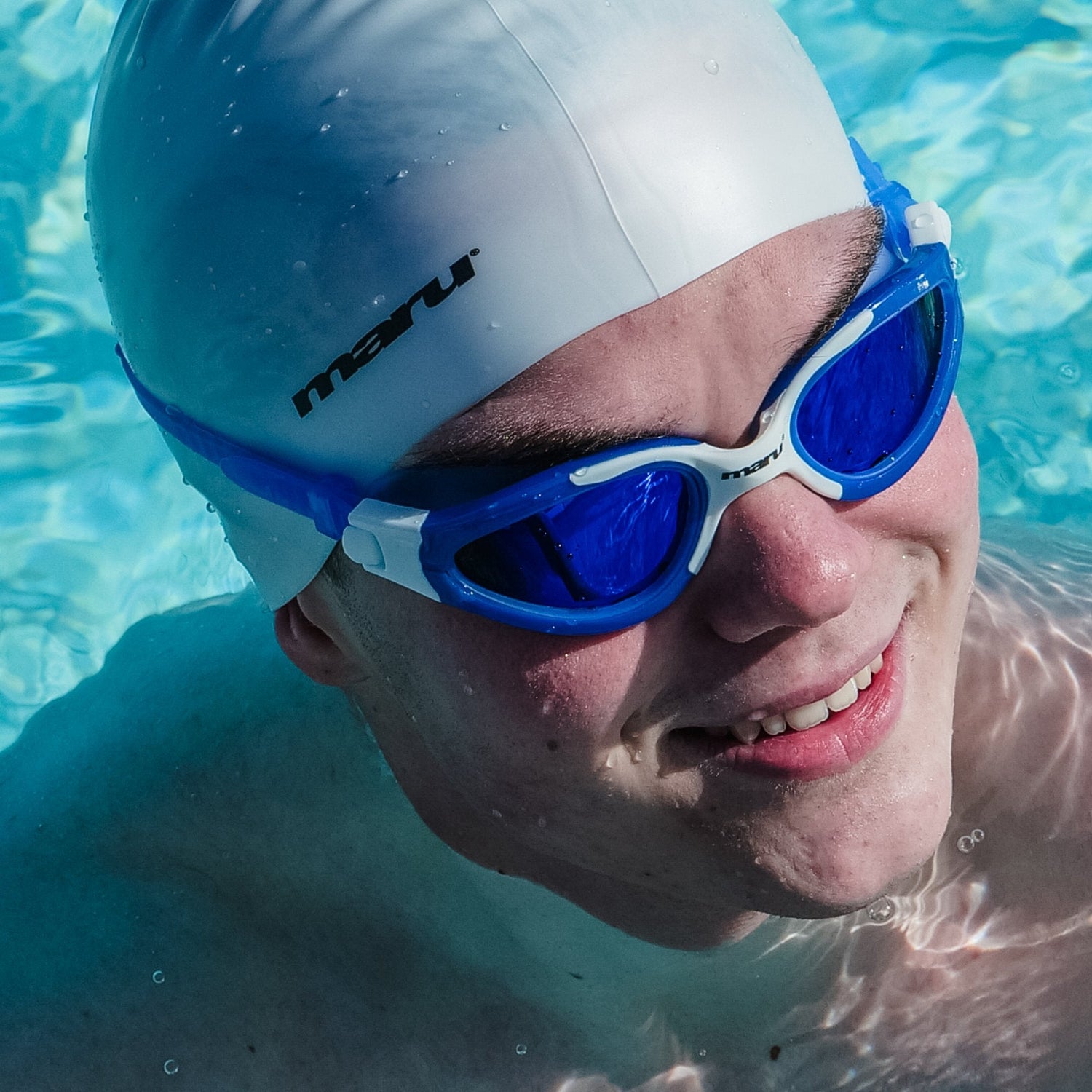
Badekappen
Willkommen bei Maru, Ihrer ersten Wahl für hochwertige Badekappen, die Stil, Komfort...
-
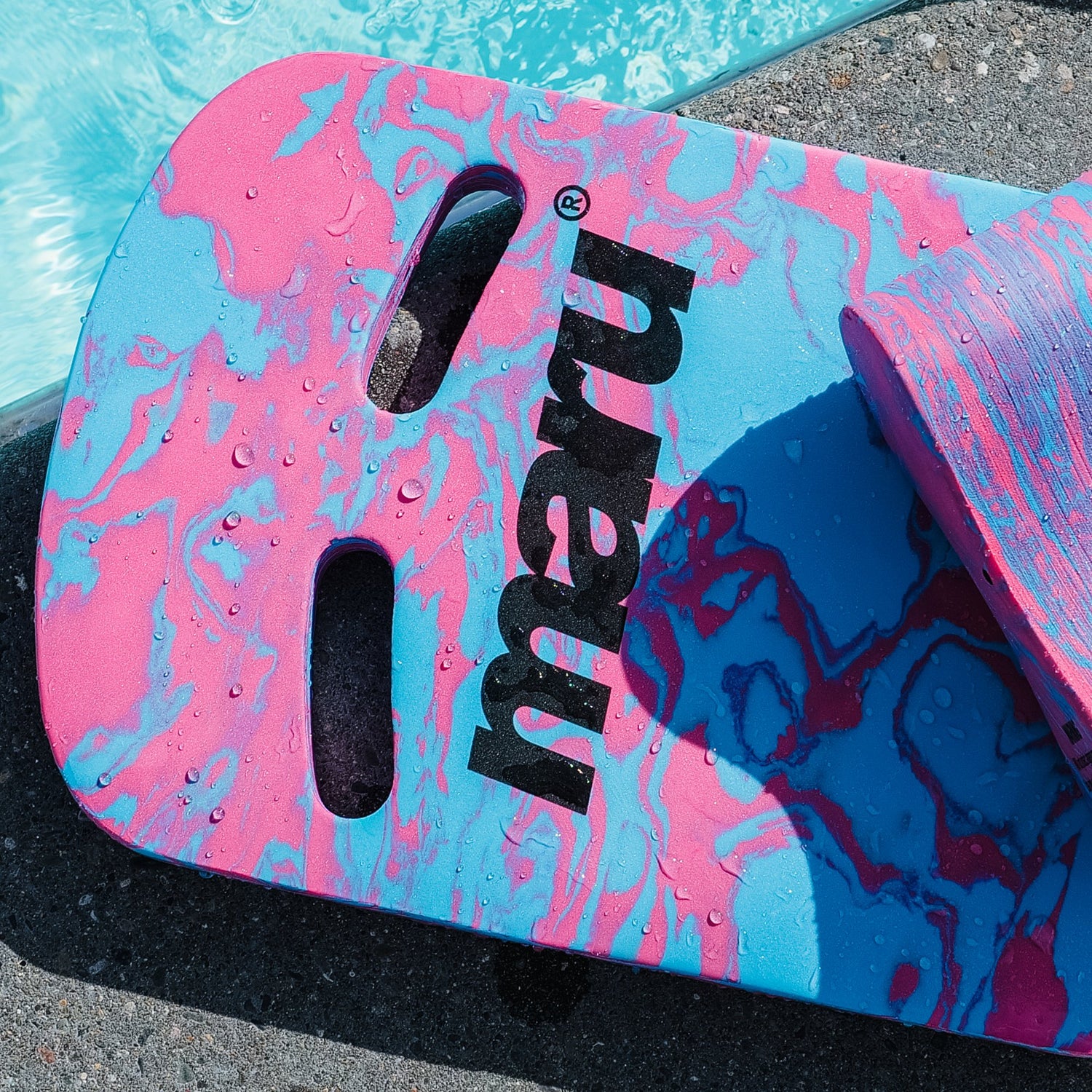
Schwimm-Kickboards
Willkommen bei Maru, Ihrer Anlaufstelle für hochwertige Schwimmbretter, die Ihr Training im...
-
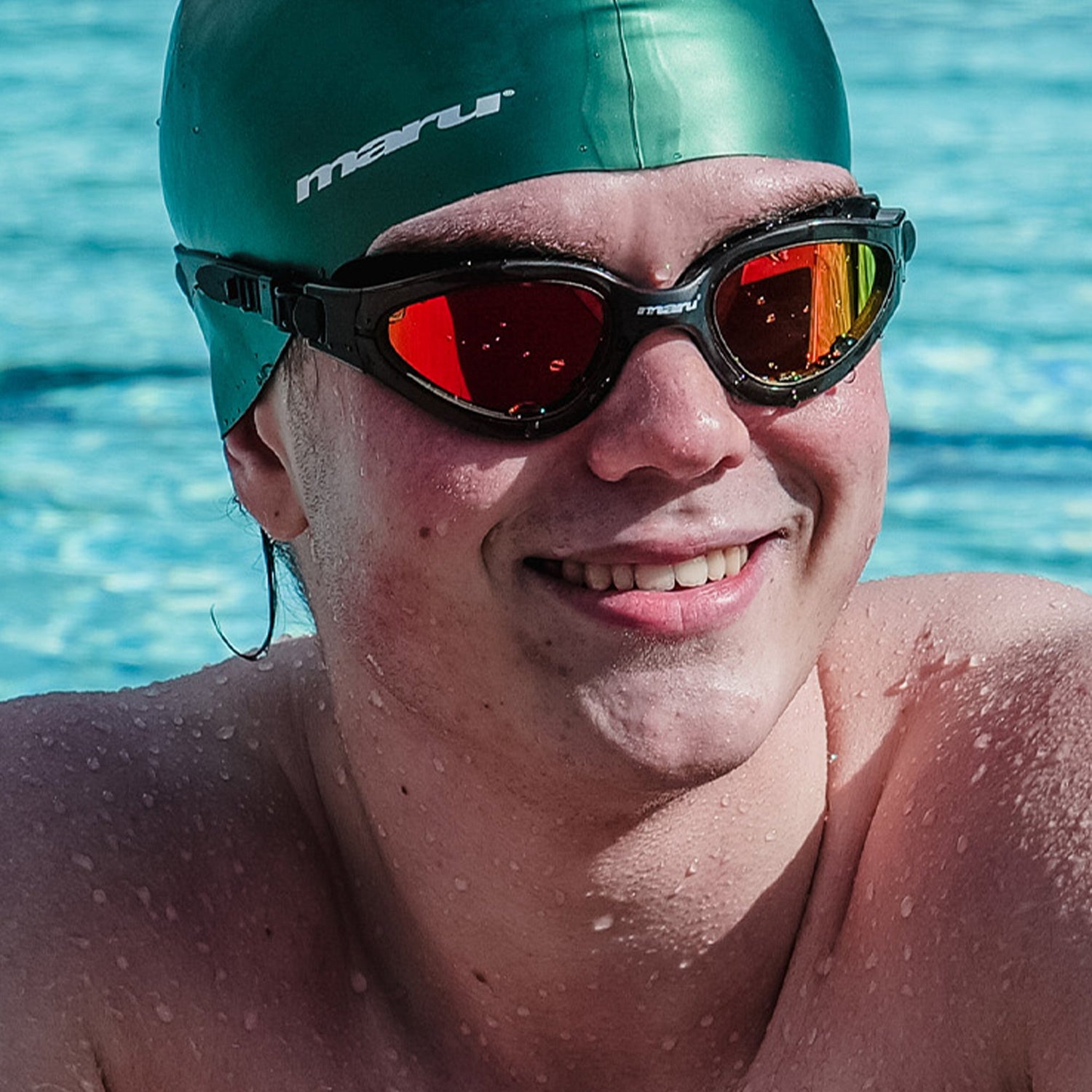
Schwimmbrillen
Willkommen bei Maru, Ihrer ultimativen Quelle für hochwertige Schwimmbrillen, die für Klarheit,...
-

Schwimmtrainingspakete
Nur für kurze Zeit: Kaufen Sie aus unserem Sortiment an Schwimmtrainingsartikeln und...
Schwimmer kaufen ein...
-
Trainingsflossen - Pink/Schwarz
Normaler Preis £25.99Normaler PreisGrundpreis / pro -
Trainingsflossen - Neon Lime/Schwarz
Normaler Preis £25.99Normaler PreisGrundpreis / pro -
Kickboard - Blauer und rosa Wirbel
Normaler Preis £15.99Normaler PreisGrundpreis / pro -
Pull Buoy für Erwachsene - Blauer und rosa Wirbel
Normaler Preis £12.99Normaler PreisGrundpreis / pro -
Schwimmhandpaddel - Limettengrün
Normaler Preis £10.99Normaler PreisGrundpreis / pro -
Netztasche für Schwimmausrüstung - Lime
Normaler Preis £9.49Normaler PreisGrundpreis / pro -
Pull Buoy für Erwachsene - Dunkelviolett und Lila Wirbel
Normaler Preis £12.99Normaler PreisGrundpreis / pro -
Netztasche für Schwimmausrüstung - Lila
Normaler Preis £9.49Normaler PreisGrundpreis / pro
Tipps und Ratschläge zum Schwimmen
Alle anzeigen-

How to Choose the Right Goggles for Your Swim
After years of running a swimming club, I’ve seen how the right goggles can transform a swimmer’s confidence and how the wrong ones can turn every session into a struggle. From juniors just starting out to committed club swimmers, this guide explains how to choose goggles that actually fit, stay comfortable, and work in real pool conditions.
How to Choose the Right Goggles for Your Swim
After years of running a swimming club, I’ve seen how the right goggles can transform a swimmer’s confidence and how the wrong ones can turn every session into a struggle....
-

How Long Does It Take to Become a Confident Swi...
If you’ve ever clung to the lane rope wondering how long it takes to feel like you belong in the pool, this guide is for you. We’ll look at a realistic timeline for adult beginners, plus simple ways to build breathing, endurance and confidence.
How Long Does It Take to Become a Confident Swimmer?
If you’ve ever clung to the lane rope wondering how long it takes to feel like you belong in the pool, this guide is for you. We’ll look at a...
-

Why Your Goggles Fog (and the Best Fixes That R...
Foggy goggles can turn a good session into a frustrating one fast. The good news? Most fogging comes down to simple physics and a few easy habits that protect your lenses for the long haul. In this guide, we’ll break down why goggles fog, how to stop it properly (not just for one swim), and the anti-fog fixes that actually last, including when it might be time to upgrade to a fresh pair.
Why Your Goggles Fog (and the Best Fixes That Really Last)
Foggy goggles can turn a good session into a frustrating one fast. The good news? Most fogging comes down to simple physics and a few easy habits that protect your...
-

Preparing for My Next Competition in the 200m F...
Three weeks out from a meet, the nerves are already humming and that’s normal. This guide breaks down how to prepare for a 200m freestyle without burning out: what to do in race week, how to calm pre-race anxiety, what to eat, how to warm up, and the simple cues that carry you through the last 50.
Preparing for My Next Competition in the 200m Freestyle
Three weeks out from a meet, the nerves are already humming and that’s normal. This guide breaks down how to prepare for a 200m freestyle without burning out: what to...






